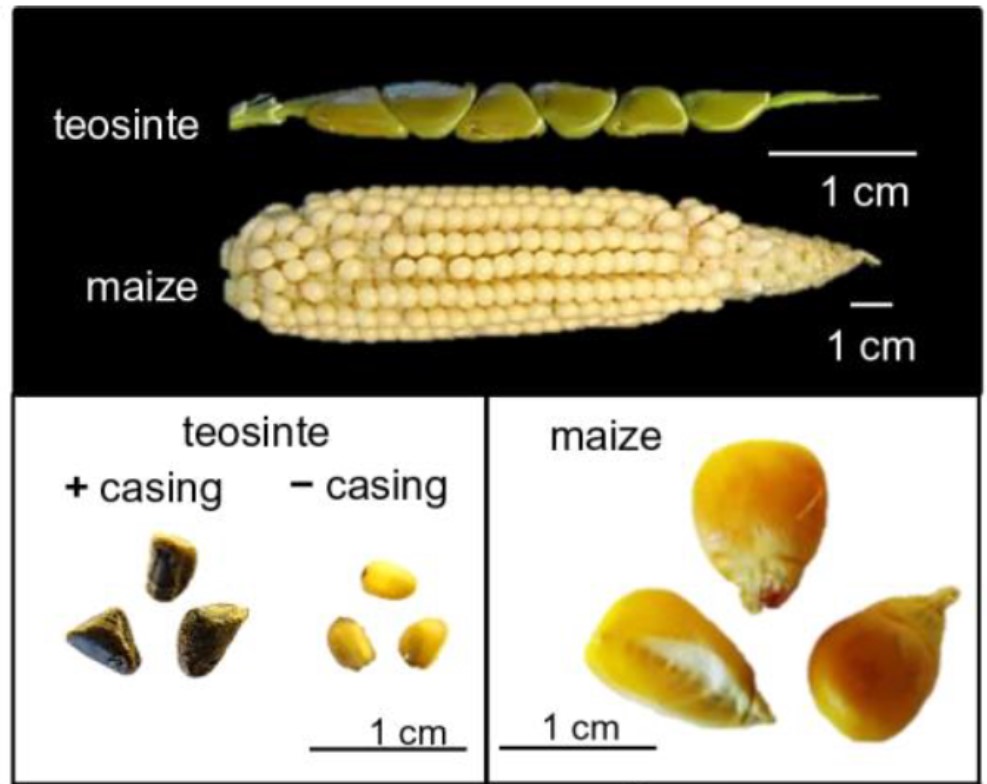
Contribution of strigolactones to maize kernel domesticated phenotype
Plant Science Research WeeklyWe’ve all seen striking photographs comparing the modern maize (Zea mays spp. mays L.) ear to the seed head of its wild-grass ancestor teosinte (Zea mays spp. parviglumis). Besides the huge increase in size, one of the features that allows us to munch on “corn on the cob” is the absence of the…
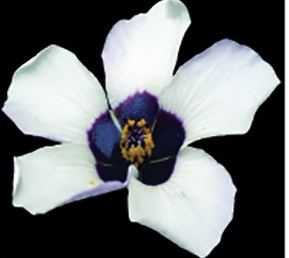
Cuticle chemistry in Hibiscus iridescence
Plant Science Research WeeklyThe long, long history of plant-pollinator interactions has led to a stunning variety of flower forms, including variations in petal color and iridescence. Color is caused by the accumulation of various pigments that selectively absorb certain wavelengths of light, whereas iridescence arises from surface…
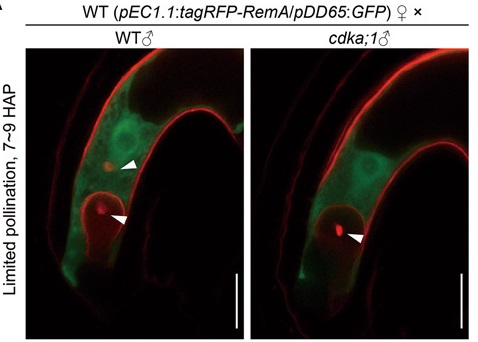
Preferential egg cell fertilization Arabidopsis double fertilization
Plant Science Research WeeklyDouble fertilization, in which one sperm cell fertilizes the egg cell to form the embryo, and another sperm cell fertilizes the diploid central cell to produce the triploid endosperm, is a hallmark of angiosperms. Li et al. addressed a long-standing question: if only one sperm cell were present, would…

Simulated climate warming decreases fruit number but increases seed mass
Plant Science Research WeeklyThere is a growing number of studies showing the effects of rising temperatures on different aspects of plant life cycles and ecological dynamics. However, little is known about how a warmer world would affect plants' reproductive performance; in other words, how many resources they invest in reproduction…
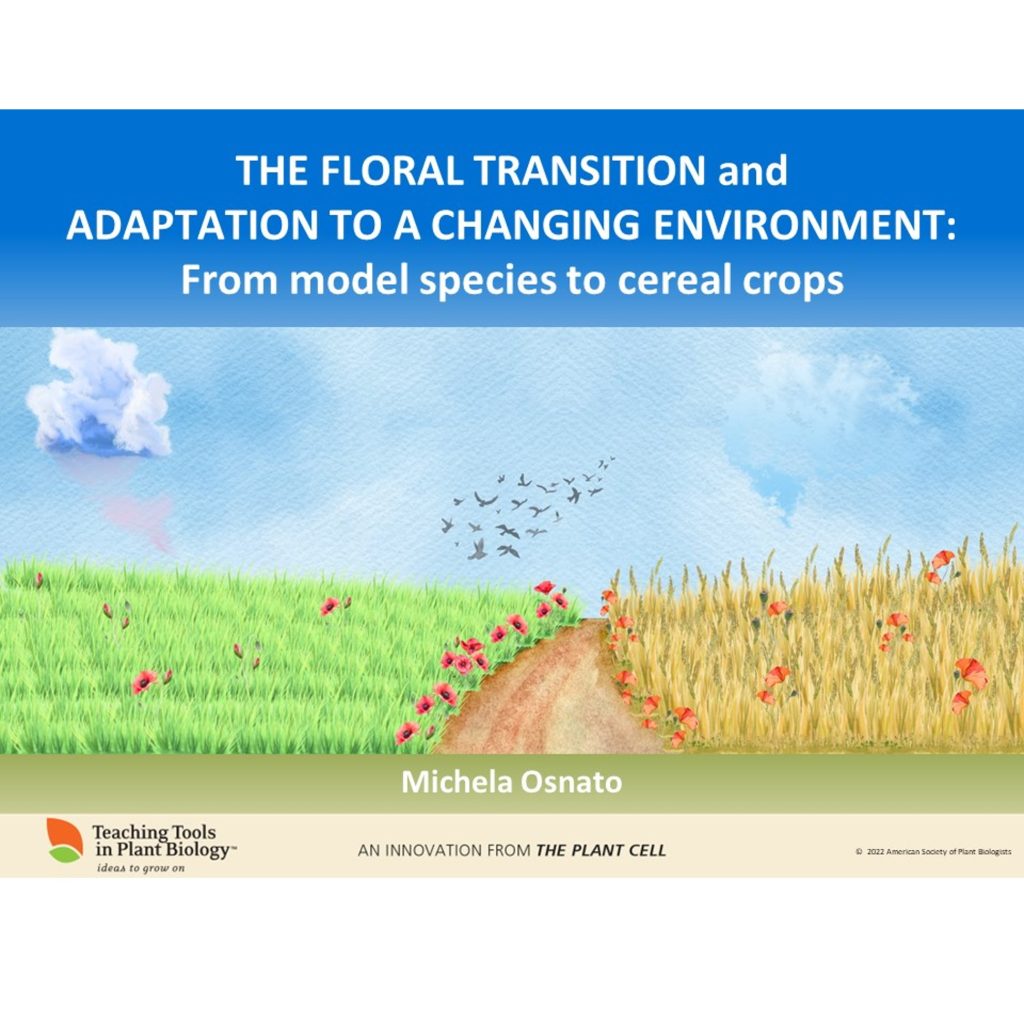
New Teaching Tool, “The Floral Transition and Adaptation to a Changing Environment: from Model Species to Cereal Crops"
Blog, The Plant Cell, The Plant Cell: NewsMeet the newest member of the Teaching Tools in Plant Biology family, The Floral Transition and Adaptation to a Changing Environment: from Model Species to Cereal Crops, by Michela Osnato. Freely available in the November 2022 issue of The Plant Cell. You can download the resources here, from the supplemental…
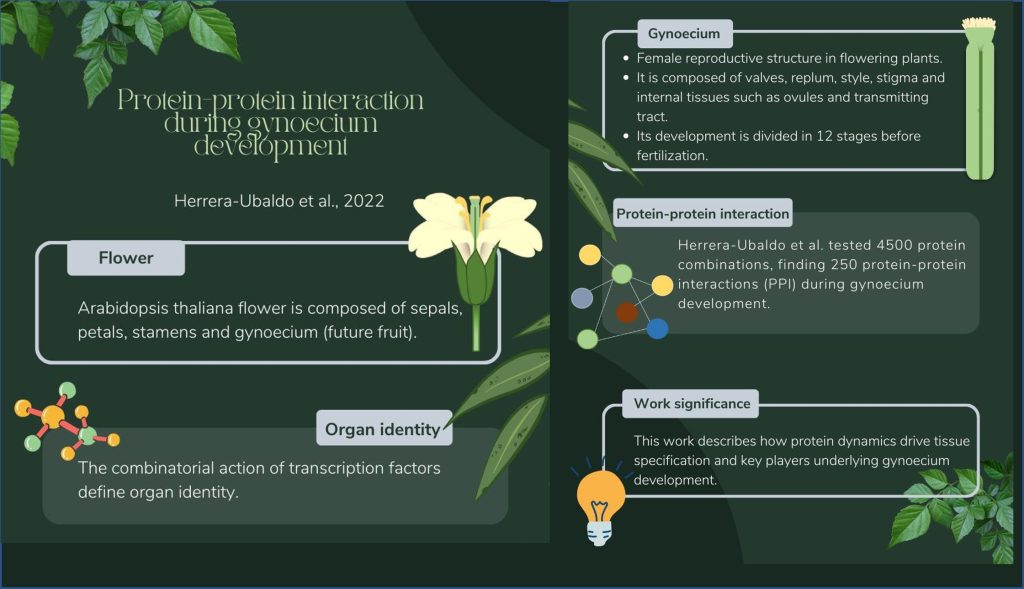
Protein-protein interaction landscape of transcription factors during gynoecium development in Arabidopsis (Mol. Plant)
Plant Science Research WeeklyThe gynoecium is the female reproductive structure of flowering plants. This complex organ, composed of different tissues, is an excellent model for studying plant organ development. Although the gynoecium has been extensively studied from a genetic point of view and a few studies have been carried out…
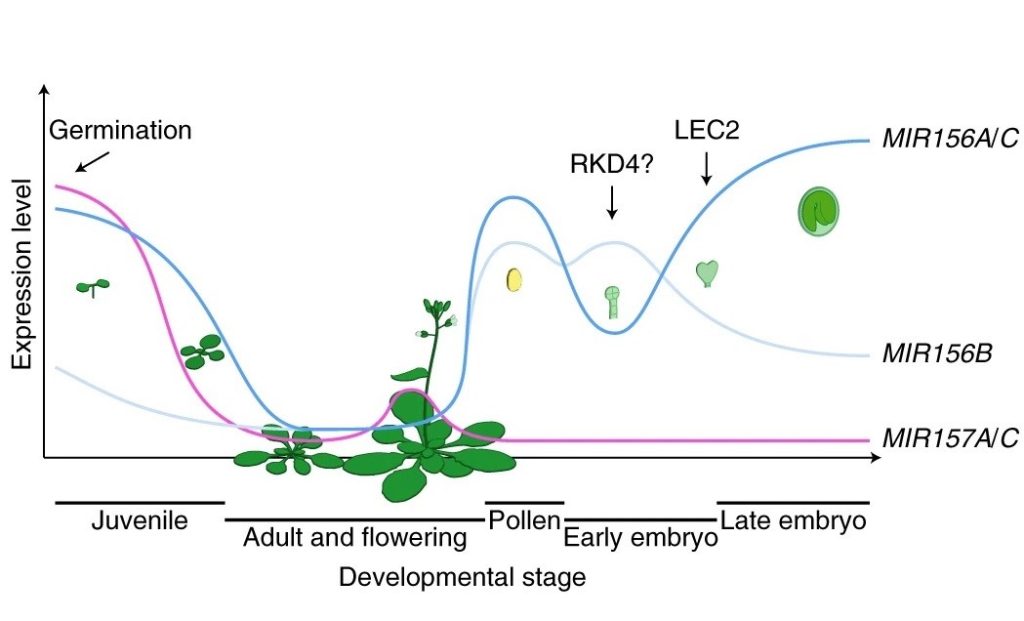
A robust mechanism for resetting juvenility during each generation in Arabidopsis (Nature Plants)
Plant Science Research WeeklyProper development requires an aging program that is regulated throughout the entire lifespan of an organism as well as across generations. In plants, reproductive cells are derived from differentiated cells, and thus the aging program encoded in these reproductive cells must be rejuvenated per generation.…

Improving bread wheat yield through modulating an unselected AP2/ERF gene (Nature Plants)
Plant Science Research WeeklyClimate emergency and the increase of human population are challenges for human food security. Plant breeders use natural genetic variation to improve crops, but bread wheat (Triticum aestivum L.) has particularly low genetic diversity with unique evolutionary constraints. Genetic modification of spike…

Single seeds exhibit transcriptional heterogeneity during secondary dormancy induction (Plant Physiol)
Plant Science Research WeeklySecondary dormancy (SD) of seeds is a natural strategy that allows survival of the plant in environments with unfavourable climatic conditions. However, in Arabidopsis, a variance of dormancy depth in between identical seeds can be explained by population-based threshold models. This single-seed variability…

